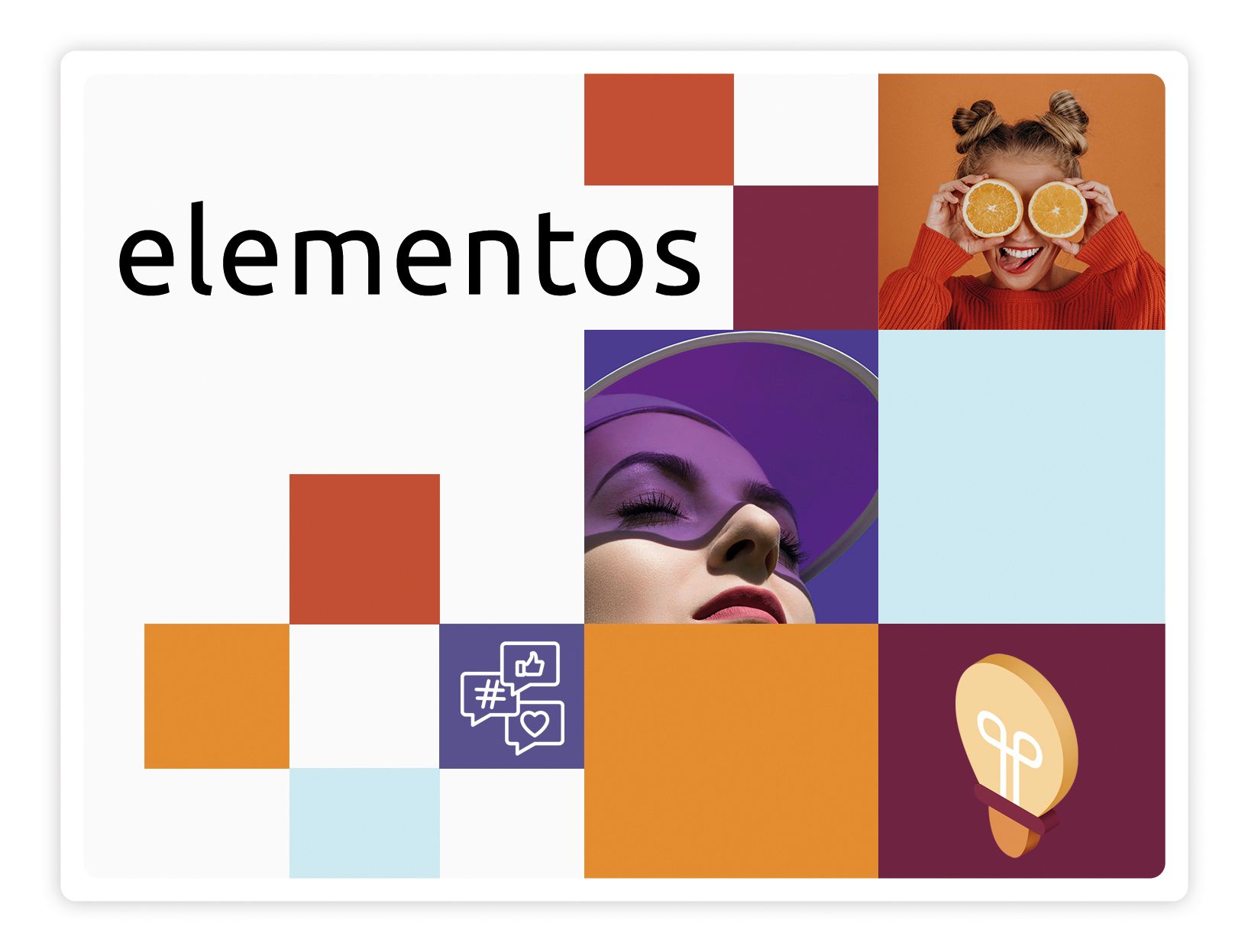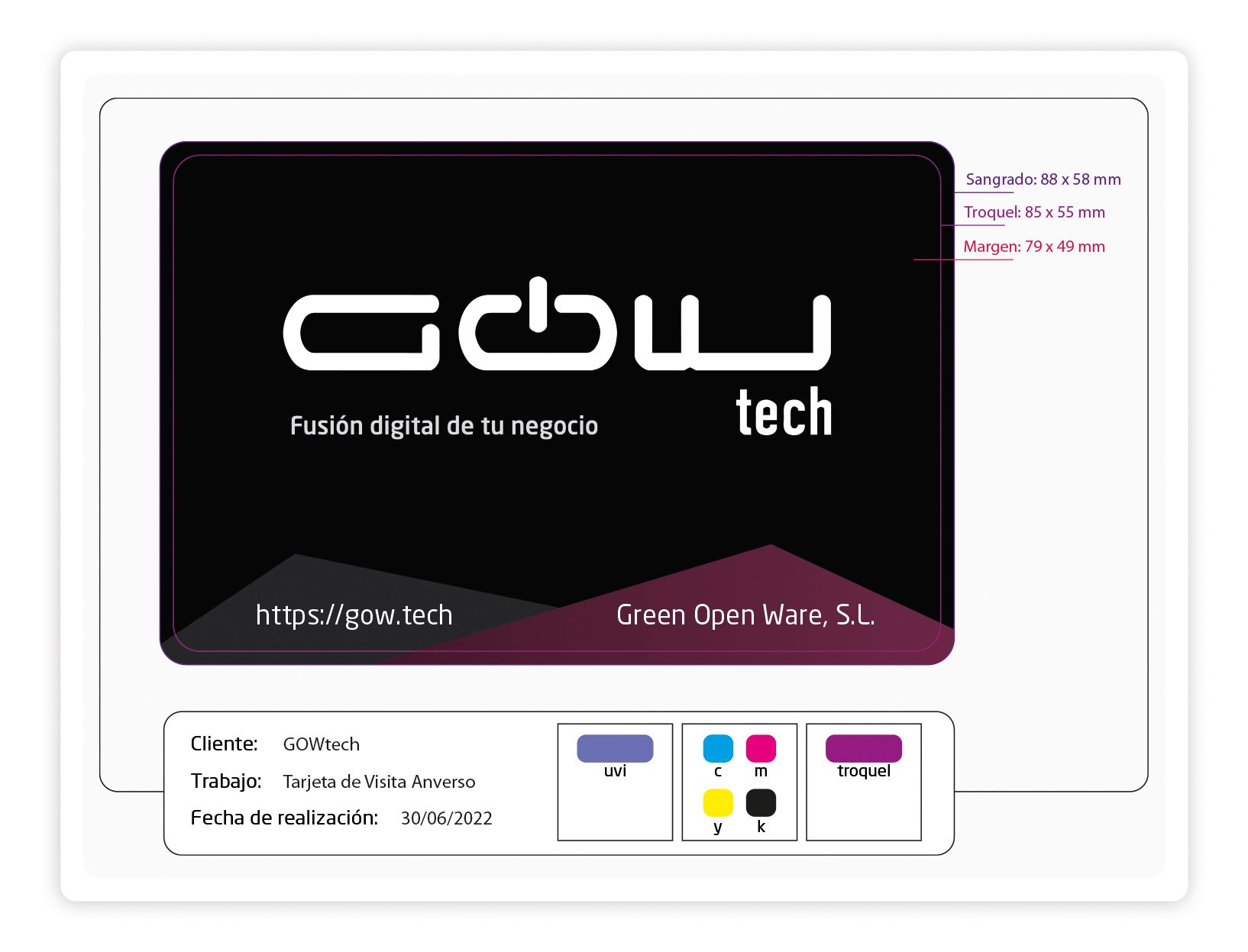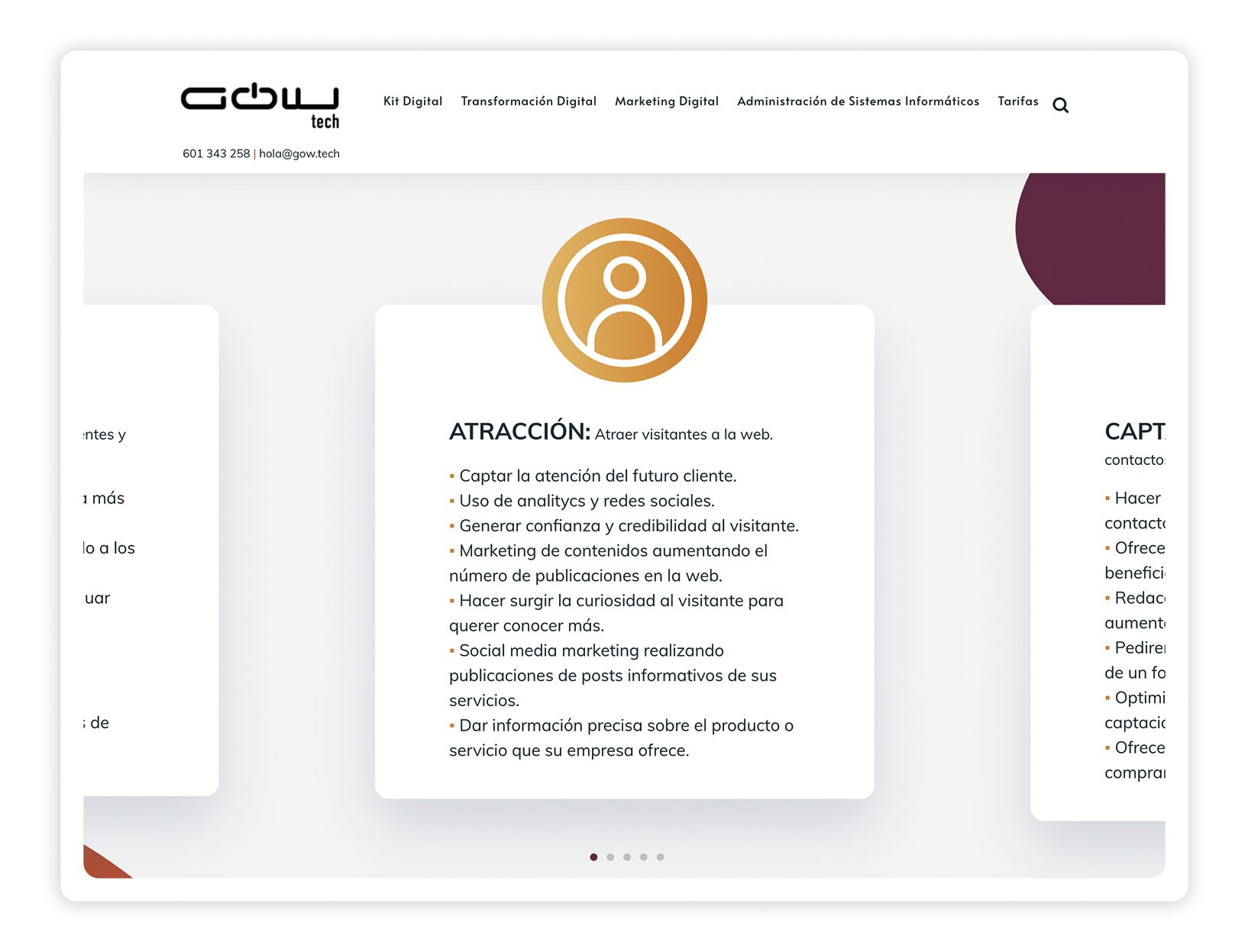Graphic design is a versatile discipline that plays an important role in visual communication and in the creation of shocking visual identities in a wide range of media and applications. The graphic design mission is to order and connect ideas to communicate them in the proper way.
The corporate image is the set of visual and communicative elements that build the visual identity and perception of a company or brand in the minds of its customers and the general public. A solid and coherent corporate image contributes to establishing the reputation and recognition of an entity in the market.
Fundamentals of corporate image graphic design
Graphic design is a creative discipline that implies the creation and combination of visual elements, such as images, typography, colors and shapes, to communicate messages or ideas visually. The main objective of graphic design is to transmit information effectively and attractively through visual media.
Here are some key concepts in graphic design:
- Visual communication: Graphic design is used to transmit messages, ideas or concepts through images and visual elements instead of words.
- Visual elements: This includes images, illustrations, photographs, colors, typography (text sources), shapes and patterns. These elements are combined harmoniously to create attractive and coherent designs.
- Composition: The disposition and organization of visual elements in a design is essential to achieve a balanced and pleasant presentation. The composition considers factors such as balance, visual hierarchy and spatial distribution.
- Visual identity: Graphic design plays a fundamental role in the creation of the visual identity of a brand, company or project. This includes the creation of logos, colors of colors and visual elements that represent the essence and values of the entity.
- Design for diverse media: Graphic designers work in a variety of media, such as printed (brochures, posters, magazines), digital (websites, applications, social networks), animations, packaging, and more.
- Typography: The choice and design of text sources are fundamental for the readability and aesthetics of a design. Different typefaces transmit different emotions and styles.
- Color: The use of adequate colors can influence the emotional and psychological perception of a design. The colors are selected considering the brand, the target audience and the message to be transmitted.
- User experience design (UX): In the design of digital products, the principles of graphic design are combined with the user experience to create attractive and functional interfaces.
- Creativity: creativity is essential in graphic design, since designers must find innovative and unique ways of presenting information and concepts.

What is the corporate image?
The corporate image, also known as corporate identity, refers to the set of visual, symbolic and communicative elements that represent the essence, values and personality of a company, brand or entity. The brand image is essential to establish a distinctive identity in the minds of consumers and transmit a coherent and professional impression at all points of contact with the public.
Here are some key elements that make up the brand image:
- Logo: the logo is a fundamental visual element of the corporate image. It is a unique and distinctive graphic design that represents the brand. It can consist of a combination of symbols, typography and colors that reflect the essence of the company.
- Corporate colors: specific colors are chosen for the brand, and these colors are consistently used in all the materials and communications of the company. Colors transmit emotions and values, so your choice is important.
- Typography: The choice of text sources is also part of corporate identity. Sources that reflect the personality of the brand and that are legible in different media are chosen.
- Graphic elements: They can include characteristic patterns, shapes and elements that are used to create visual coherence in all aspects of company communication.
- Tones and communication styles: the way in which the company communicates with its audience, either through written, visual or multimedia content, also contributes to the corporate image. Communication tones, such as seriousness, kindness, professionalism, remain consistent in all materials.
- Marketing Materials: All marketing and communication materials, such as brochures, presentation cards, website, social networks and ads, must be designed following the corporate image guidelines to create a coherent visual experience.
- Values and Message: The corporate image must also reflect the values and central message of the company. Visual communication must be consistent with what the company represents.
- Customer experience: The corporate image is not only about visual design, but also how customers perceive their interaction with the brand at all contact points, from the product to customer service.
The brand image manual
Creating a brand image manual is key to maintaining consistency and coherence in the visual communication of a company. Here are some main considerations:
- Brand history and values: before entering the visual details, make sure you have a clear understanding of the history and values of the brand. This will influence design decisions.
- Logo and variations: Specifies the design of the logo, its variants and how they should be used in different contexts. Includes color versions, black and white, and in different sizes.
- Corporate colors: Define the color palette representing the brand. Specify the Pantone, RGB and CMYK codes to ensure consistency in reproduction.
- Typography: Choose the sources that will be used in all brand materials. Specify sizes, styles and how they should be applied.
- Additional graphic elements: if there are distinctive graphic elements (forms, patterns, illustrations), describe them and show examples of how they should be used.
- Photography and visual style: if the brand uses photographs, set guidelines for photography style, composition and any specific filter or effect that must be applied.
- Use of the brand in different media: indicates how the brand should be used in print, digital, social networks, etc. Be sure to adapt the guidelines according to the medium.
- Tones of voice and key messages: Includes guidelines for voice tone and key messages that must be transmitted through written communication.
- Specific applications: If there are particular applications of the brand (uniforms, containers, vehicles), it provides detailed guidelines for its implementation.
- Update and maintenance: Establishes processes for the update of the manual as the brand evolves. A manual should be a living and adaptable tool.
Design tools and software
In the world of graphic design, creativity is combined with technology to give life to impressive visual ideas. The tools and software play an essential role in the creative process, allowing designers to capture their vision in shocking images and graphics.
From image editing programs to pages design tools and vector illustration software, the arsenal of a graphic designer is diverse and powerful. In Gowtech we use as main tools Adobe Photoshop and Adobe Illustrator.
- Adobe Photoshop: This professional digital editing tool is mainly used by photographers and designers to retouch images and edit videos, create bits and gifs maps, and make designs and illustrations. You can also modify colors and add filters, effects, texts, figures and shapes.
- Adobe Illustrator: It is an editor of vector graphics that serves, among other things, for illustration as a branch of digital art, technique or graphic design.
Graphic design in practice
Graphic Design Process
Most research processes follow a series of stages that we do not usually examine because they seem intuitive. However, although in most cases these stages work, they are not always enough to generate new ideas.
Print graphic design
Graphic printing design is one of the most important branches of graphic design already focuses on the creation of visual elements aimed at being printed in various physical media, such as paper, cardboard, fabric, among others. Its main objective is to communicate a message effectively and attractive through designs that can be reproduced in print.
That a design can be reproduced in a printed form implies:
- Preparation for printing: This implies the adaptation of designs to meet the technical requirements of printing processes, such as image resolution, color space and cutting and bleeding brands.
- Selection of media and printing techniques: Printing graphic designers must choose the type of adequate paper or substrate, as well as the most appropriate printing technique, such as offset impression, screen printing, digital printing, among others.
- Cost considerations and efficiency: they must also take into account production costs and print efficiency, so that the project is economically viable.

In summary, the graphic printing design focuses on the creation of visual materials that can be printed and used in various contexts, from marketing and advertising to promotional and editorial material. The combination of visual creativity and technical knowledge is essential to produce effective and visually attractive results in the printed world.
Graphic design in the digital medium
Web design and user interface design (IU).
- Web design : Web design refers to the creation and visual layout of websites on the Internet. It implies the planning and design of the structure, appearance and functionality of a website to make sure it is attractive, easy to use and effective for users. The web design is concerned with the arrangement of the elements on a web page, the choice of colors, typography, images and the creation of a coherent and pleasant user experience.

- Interface Design (UI - User Interface Design): The interface design focuses on the user interface design of an application or platform, whether it is a mobile application, a desktop application or a website. The main objective is to create an interface that is intuitive, efficient and attractive to users. This implies the design of buttons, menus, icons, forms and all the elements with which users interact. The interface design is also concerned with the disposition of information and navigation to be easy to understand and use.
In summary, the web design focuses on the creation of websites in its entirety, while the interface design focuses on the design of the visual and functional part of applications and platforms, ensuring that they are pleasant and easy to use for users. Both fields are essential to provide a high -quality online user experience.
Design of social networks and visual content.
- Social Network Design: The design of social networks refers to the creation of visual and graphic content specifically designed for publication on social media platforms such as Facebook, Instagram, Twitter, LinkedIn, and others. This design includes cover images, publications, profile images, ads, infographics and other visual elements that are used to represent a brand, communicate messages and attract the audience online. The design of social networks focuses on maintaining the coherence of the brand, visual creativity and adaptation to the format and requirements of each social platform.
- Visual content: visual content refers to any form of communication that uses visual elements to transmit information, emotions or messages. This includes images, graphics, videos, infographics, illustrations and other visual elements. The visual content plays an essential role in online and off -line communication, since it is highly effective to capture the attention of the audience, explain concepts clearly and attractive, and improve information retention. Visual content is used in marketing, education, entertainment and many other areas to transmit messages effectively.
In summary, the design of social networks focuses on creating specific visual content for use in social media platforms, while visual content covers a wide range of visual elements used in various forms of communication to transmit messages, tell stories and attract the audience through the creative use of images and graphics. Both are vital in the digital world and in the communication strategy of a brand or entity.
Graphic Design in Marketing and Advertising
Graphic design plays a crucial role in marketing strategies, since it is a powerful tool to capture public attention, communicate messages effectively and build the identity of a brand. Some key aspects include:
- Visual attraction: attractive and creative graphic design is essential to attract consumers' attention in a saturated market. From advertisements to social networks, visual design is the first thing users notice.
- Brand identity: graphic design is used to create and strengthen the identity of a brand. This includes the creation of logos, colors, typography and other visual elements that represent the personality and the values of the brand.
- Clarity and communication: Graphic design helps transmit messages clearly and effectively. A well structured design facilitates the understanding of information, either in advertisements, brochures, infographics or websites.
- Visual consistency: coherence in graphic design is essential to maintain a solid brand image. The visual elements consistent throughout all campaigns and materials help the brand to be recognizable and memorable.
- Emotional impact: Graphic design can evoke emotions and connections with the audience. A good design can influence the attitudes and purchase decisions of consumers.
- Adaptation to platforms: graphic design adapts to different marketing channels and platforms, from printed publications to online advertising and social networks. Each platform has its own visual requirements and formats.
A carefully elaborate design can make a difference in the success of a marketing campaign and in the perception of a brand by consumers.
To abbreviate, graphic design is an essential tool since it contributes to attraction, brand identity, effective communication and emotional impact on the audience, both in print media and digital media.
